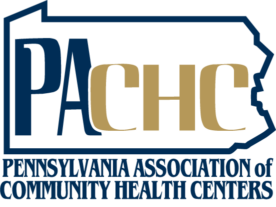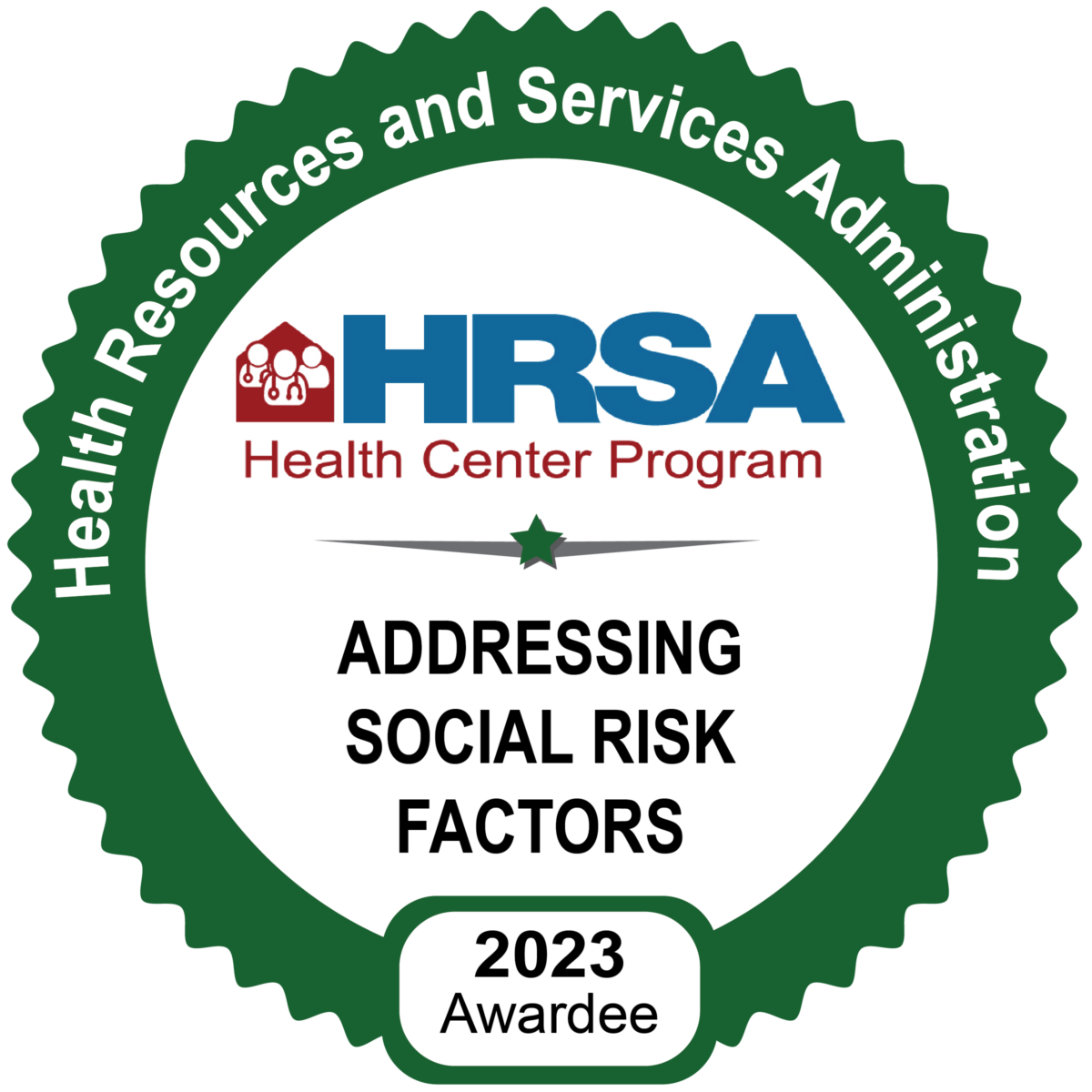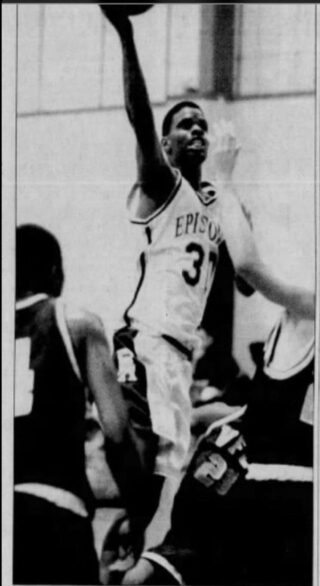 Mention the name John Phillips to a fan of high school basketball in Philadelphia, and you’ll get a knowing smile. John is a legend in the Inter-Academic, or Inter-Ac, League. For 21 years, the Episcopal Academy alumnus held the scoring record in the league with 2,075 career points. After high school, he went on to college and later became Assistant Principal of Philadelphia’s Crossroads Accelerated Academy.
Mention the name John Phillips to a fan of high school basketball in Philadelphia, and you’ll get a knowing smile. John is a legend in the Inter-Academic, or Inter-Ac, League. For 21 years, the Episcopal Academy alumnus held the scoring record in the league with 2,075 career points. After high school, he went on to college and later became Assistant Principal of Philadelphia’s Crossroads Accelerated Academy.
In 2015 John passed out at work and after being rushed to the hospital he learned that he had type 2 diabetes. John was shocked. He wasn’t overweight, and aside from a love of fruit juice his nutritional choices were reasonably healthy. What he didn’t know was that Black adults are twice as likely to develop type 2 diabetes as white adults.
Diabetes can be stealthy. Many patients have no symptoms, or their symptoms may be so minor they assume they’re unimportant – until they become truly ill. When John was seen in the emergency room his blood sugar level was 600mg/dl – more than six times the normal level – pushing him into a diabetic coma.
Before his health crisis, John had avoided seeing the doctor for the most part. He hadn’t had a physical or any lab tests since his high school days. Mistrust of the medical profession is common in the Black community and not without reason. Studies show far too many instances of undertreatment of Black patients for pain and of disregard for the physical and emotional toll of racism, community violence, and poverty experienced by many Black people. One consequence of this troubled relationship is that too often Black men, women, and even children experience poor health outcomes that could be avoided.
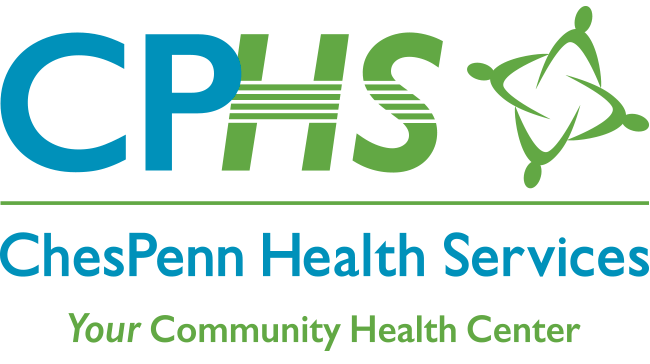

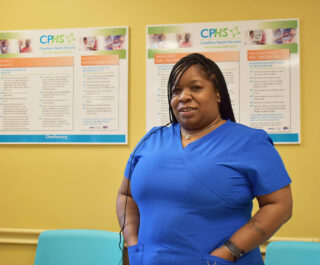 In 2017, Yvonda Romeo came to ChesPenn’s Upper Darby office as a temporary patient service representative. She had served in other medical offices in similar roles but had never worked in a community health center. She was surprised by the flexibility and responsiveness to patient needs. She learned that we accommodated walk-in patients as much as possible and charged no fee for cancellations. She liked what she saw and when an opportunity to apply to work for ChesPenn directly arose she took it. She learned the ins and outs of patient services and impressed ChesPenn’s leadership with her dedication and skill. In 2021 she was promoted to Office Manager.
In 2017, Yvonda Romeo came to ChesPenn’s Upper Darby office as a temporary patient service representative. She had served in other medical offices in similar roles but had never worked in a community health center. She was surprised by the flexibility and responsiveness to patient needs. She learned that we accommodated walk-in patients as much as possible and charged no fee for cancellations. She liked what she saw and when an opportunity to apply to work for ChesPenn directly arose she took it. She learned the ins and outs of patient services and impressed ChesPenn’s leadership with her dedication and skill. In 2021 she was promoted to Office Manager.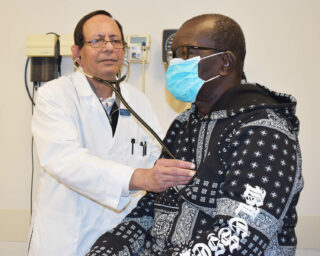 April is National Minority Health Month and this year’s theme is Better Health Through Better Understanding. The Office of Minority Health is advocating for improving health literacy in minority patients, supporting patients whose first language is not English, and understanding the importance of providing culturally and linguistically appropriate services (CLAS).
April is National Minority Health Month and this year’s theme is Better Health Through Better Understanding. The Office of Minority Health is advocating for improving health literacy in minority patients, supporting patients whose first language is not English, and understanding the importance of providing culturally and linguistically appropriate services (CLAS).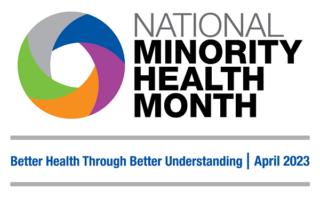



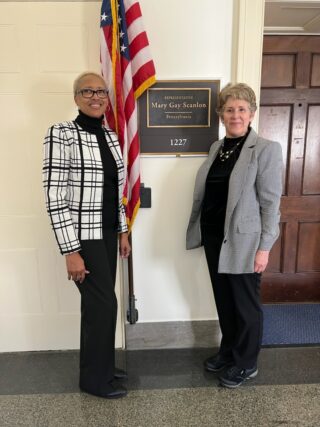 Each year the National Association of Community Health Centers organizes legislative visits in Washington, DC for its members. Representatives from community health centers are encouraged to meet with their Senators, Representatives, and/or their staff in order to foster strong relationships and make sure legislators understand the issues surrounding delivery of community health.
Each year the National Association of Community Health Centers organizes legislative visits in Washington, DC for its members. Representatives from community health centers are encouraged to meet with their Senators, Representatives, and/or their staff in order to foster strong relationships and make sure legislators understand the issues surrounding delivery of community health.